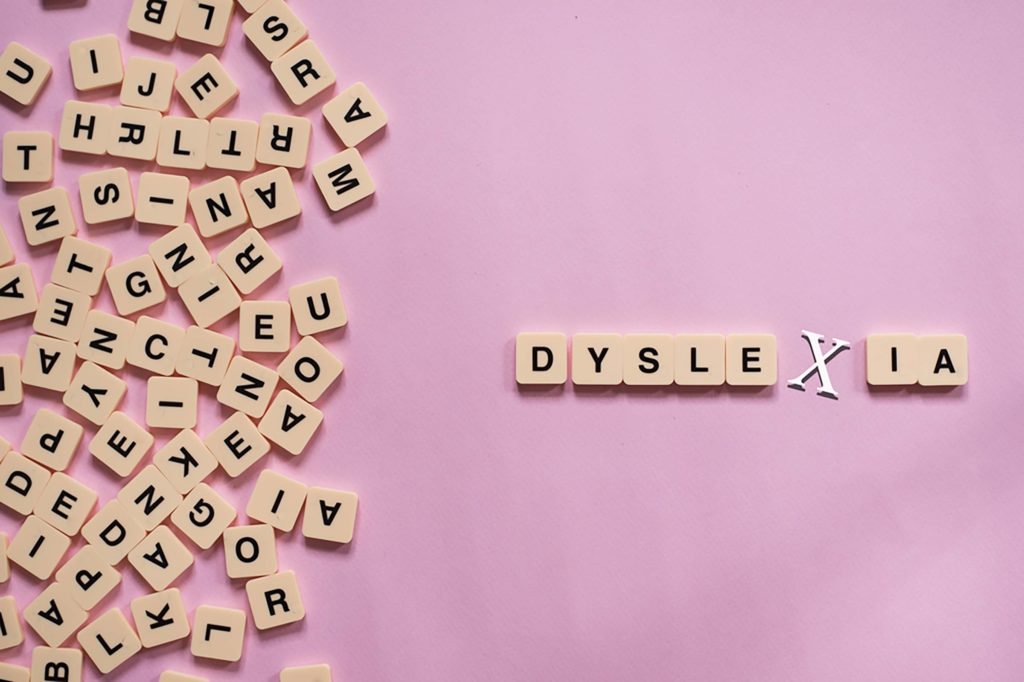Parents and educators can draw on numerous strategies to help children with dyslexia improve their literacy skills, but the five ways highlighted below have particularly proven to be beneficial to dyslexics. Before examining these methods, however, it’s important to first define what dyslexia is and how the condition affects learners.
What Is Dyslexia?
Dyslexia is a developmental reading disorder that occurs when the brain does not properly recognize and process certain symbols, like letters and numbers.
Dyslexia is also considered a type of learning disability. Dyslexics have difficulty perceiving letters and numbers. This can have far reaching effects and greatly hinder sufferers’ reading capabilities. Many parents struggle to help their dyslexic child read fluidly. Here are five ways to help dyslexics read.
Why Special Fonts Help
Did you know there was a special font created just for dyslexics by a dyslexic? Yes, it is true and has been shown to be effective. This special font makes the differences between the letters greater, adds more weight to the bottom of the letters and increases the size of capital letters and punctuation marks so that dyslexic readers can clearly see where sentences start and end. A great boon in this technological age, the font can be applied to many websites.
Reading Along to Audio Books
The disconnect between the auditory and visual parts of the brain add to dyslexics’ problems, especially when reading aloud.
To counter this, have dyslexics read along to audio books. By confirming that the text they are reading is accurate, they will gain a better grasp of the material and greater confidence in their reading ability.
Eye Examinations
The first way to help people with dyslexia is to have their eyes checked.
It is important to see well before you can read well. However, there is a condition that most optometrists do not check for. That is called Irlen Syndrome. This is a condition where the eye is sensitive to the contrast of a pure black on a white background.
Have you ever run across a website that had almost illegible text because of the contrast between the background and the text color? Then you know how hard it must be for suffers of this syndrome. If the dyslexic complains of text moving around, then they may have this condition. It is corrected by wearing colored glasses.
Healthful Habits Also Produce Results
Omega 3 and Omega 6 oils are essential for dyslexics. They help the nerves and pathways in the brain to communicate more effectively with the eyes. Checking to make sure that dyslexics have a balanced diet and vitamin intake can help to offset any negative effects of deficiency.
As you read text on a page, your eyes focus on a word or group of words and then jump to the right to view the next word or group of words. Each jump of your eyes is called a saccade. This saccade movement is probably the most complex and delicate muscle movement that the body does.
If an individual can read single words but really struggles with lines of text, it is a good indication of some eye-tracking difficulty.
In order to help with this, there are some exercises they can do to work out that part of the brain.
There are many other ways to help dyslexics, but these five should start you out on the right foot. There is nothing wrong with dyslexics’ learning ability. On the contrary, many dyslexics are extremely intelligent. They just have issues translating the symbols they see.
By helping children with this issue early, they can overcome much of the problem and be successful lifetime readers. These and other coping strategies can help your child overcome this type of learning disability.





